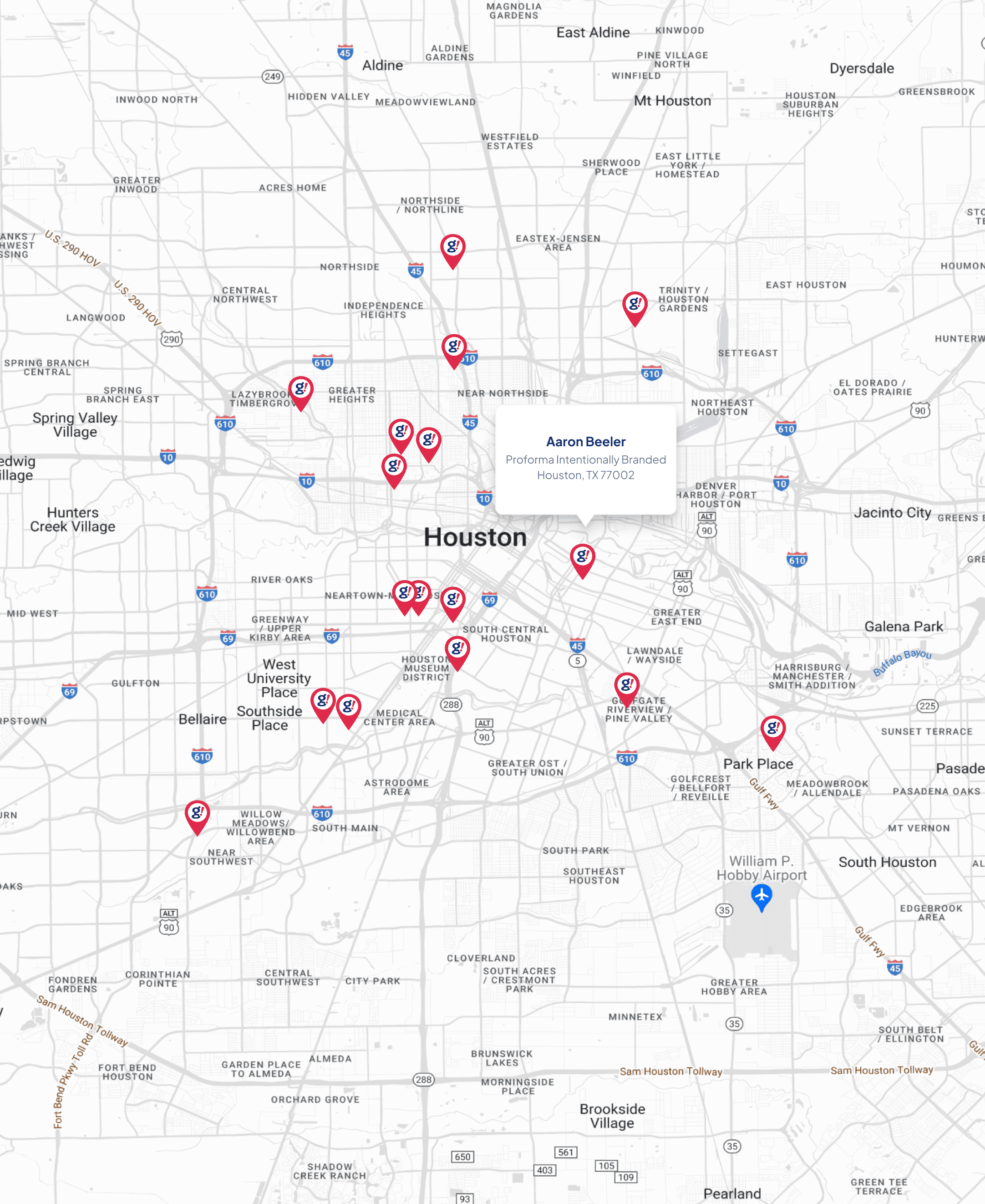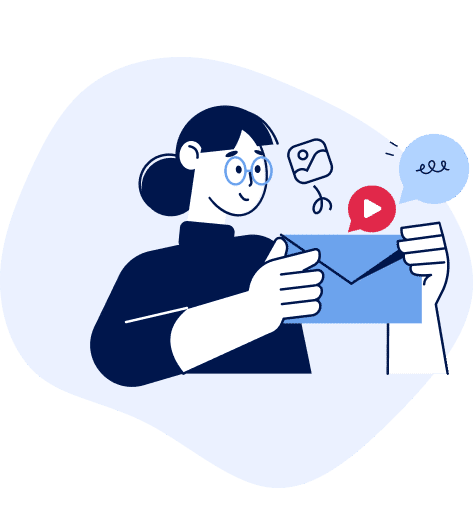Are Your Subscribers Hooked On Your Marketing Program?
- Updated on: 2019-05-23
- Read original article here

Triggers: Triggers to take action can either be external or internal. External triggers are the stuff of direct marketing: emails, push notifications, SMS messages, etc.
By contrast, internal triggers occur when a product becomes tightly coupled with a consumer’s emotion or thought. According to the book, “Connecting internal triggers with a product is the brass ring of consumer technology.” I think that is true for marketing programs as well.
Actions: The trigger must elicit a desired action. Making that action easy is of extreme importance. The emotions motivating the action need to be closely considered.
Variable rewards: The purpose of rewards is to reinforce the action taken in the previous step. Variability in rewards is key, because humans are wired to notice the “new” and stop valuing things that are normal. There are three kinds of rewards:
— Social rewards (“rewards of the tribe”), which provide an increase in social standing. — Personal gratification rewards (“rewards of the self”), which help customers gain a sense of competence. — Acquisition rewards (“rewards of the hunt”), which appeal to the motivation to acquire physical objects,
Investment: Labor leads to love. The greater the investment of time and effort in acquiring something, the more you’ll value it. Ideally whatever investment is made creates a trigger that drives the next loop.
I recognize this list may seem a little dry — but it raises some alternative approaches to email marketing programs that should drive better performance.
For example, consider these questions in the context of your own email program:
What are you doing to create internal triggers? Most direct marketing is about external triggers. What can you do with those direct touch points to drive a connection between a thought/emotion/context and the products and services provided by your company?
In retail (depending on the category), many shoppers may simply be shopping to reduce boredom. What can you do in your outbound communications and the shopping process to link your company’s offerings to that emotion? How can customers “treat themselves”? Are you offering items in the right price range for that impulsive buy?
What can you remove from your emails to make action easier? Ideally, there should be one all to action to drive the desired response. Remove clutter to make the required action clear. It’s possible to limit the amount of clutter, especially if you can use personalization based on the subscriber’s recent interactions (website, reservations systems, other channels),
Are there new motivators you can use to drive a click? A partial list would include:
— Social proof: Show that other customers have taken the action with great results. — Curiosity: Leave out the punchline. Provide a question without an answer. — Gifting: Providing a free gift is a proven motivator. — Humor: Quirkiness (with a promise of more humor to be had after the click) can be a strong incentive to action. — Loss aversion: If users may lose something of value (e.g, airline status, a discount coupon) if they don’t take an action, this can be a strong motivator. — A great source of potential motivators can be found at the Mental Notes site.
What can you do to provide an unexpected reward? What can you do to change things? Can you provide a different kind of reward? Retailers, can you provide an unexpected little “extra” when you ship?
Can you use the rewards of the tribe and self? What can you do increase the social status of your customer? Can you empower them to provide gifts to friends and family? Are there ways to get them to increase their “rank” inside your service?
Can you help them increase personal competence? Examples would include easy to complete projects, how-to-guides, or client education that allows them to feel as if they’ve mastered a certain topic.
I hope you have a chance to read the book. If you do, shoot me a note and let me know what you think.



